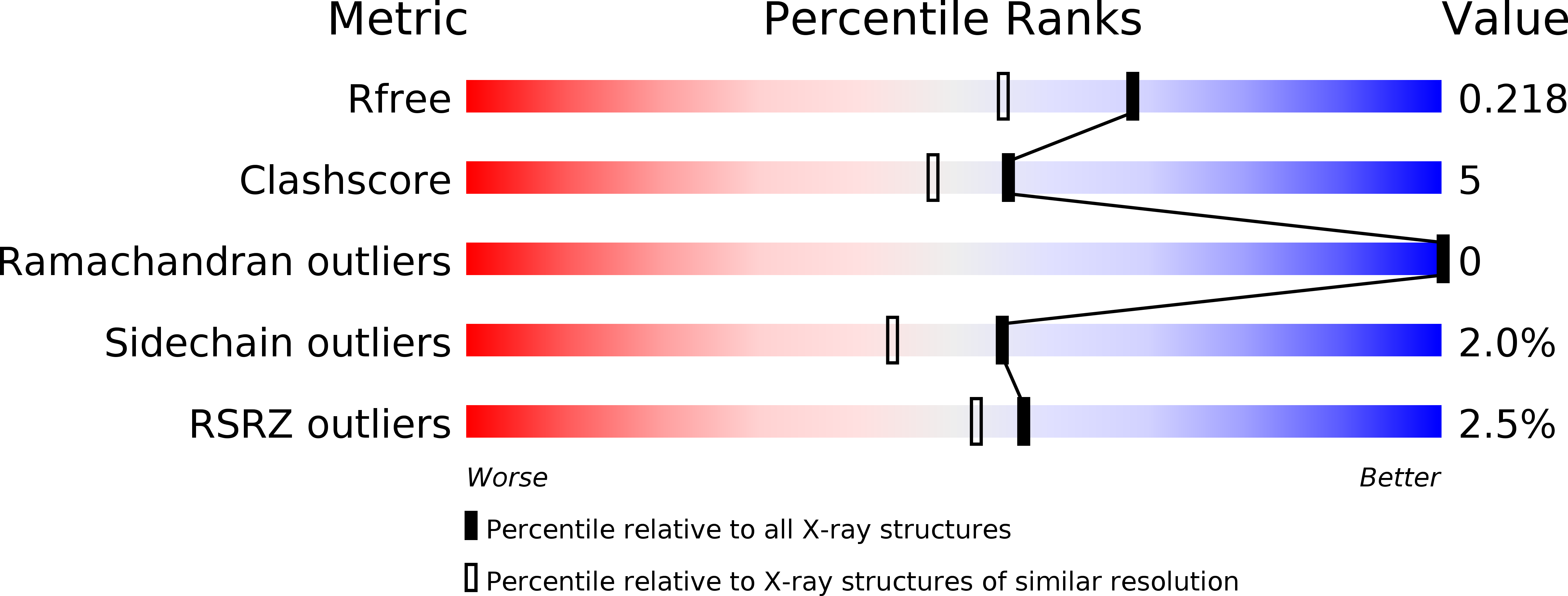
Deposition Date
2018-07-16
Release Date
2019-03-13
Last Version Date
2024-03-27
Entry Detail
PDB ID:
6A9W
Keywords:
Title:
Structure of the bifunctional DNA primase-polymerase from phage NrS-1
Biological Source:
Source Organism:
Nitratiruptor phage NrS-1 (Taxon ID: 1230469)
Host Organism:
Method Details:
Experimental Method:
Resolution:
1.80 Å
R-Value Free:
0.21
R-Value Work:
0.17
R-Value Observed:
0.18
Space Group:
C 1 2 1


